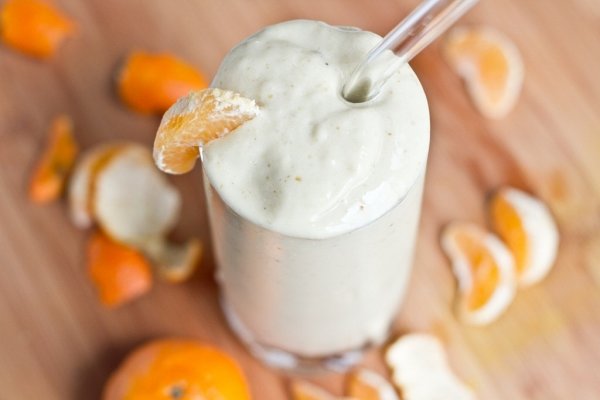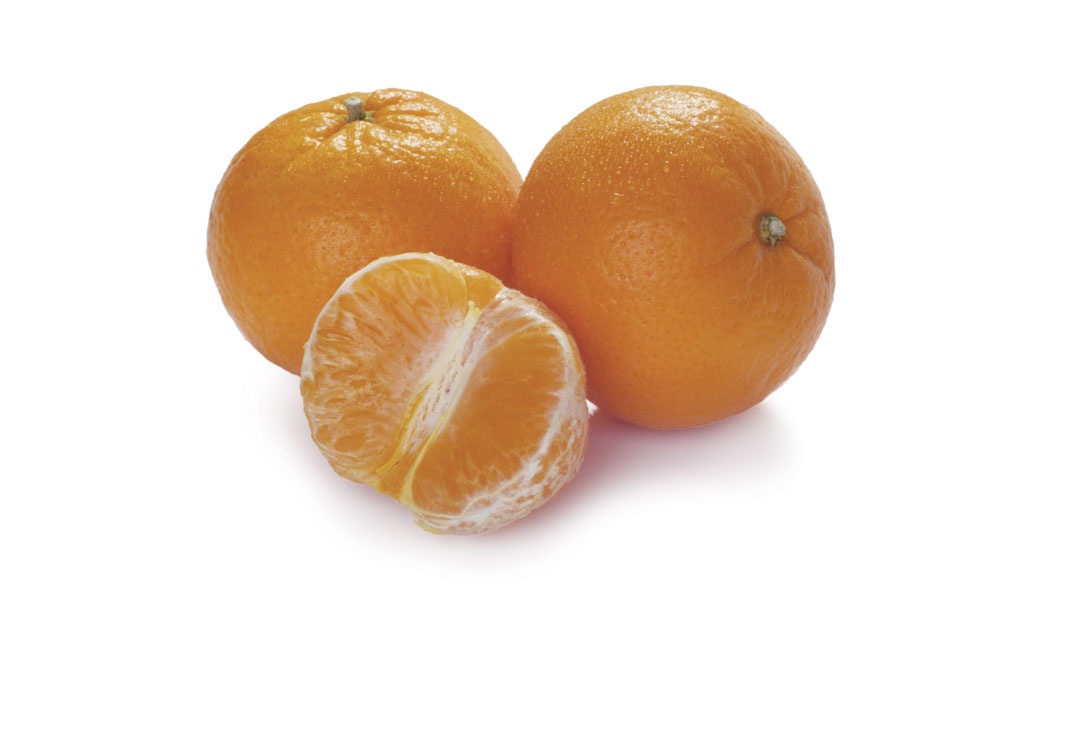
Interestingly, many years ago British sailors prevented scurvy (a result of vitamin C deficiency) by drinking lime juice. Include the pith and peel of the fruit to get the full vitamin C benefit (e.g. Oranges, lemons, limes, grapefruits, tangerines and clementines rank high in terms of vitamin-C content. Meet your RDA for vitamin C with half a papaya. It’s rich in vitamin C and also helps to encourage a clear skin. This fruit contains a natural digestive enzyme called papain, which helps with the breakdown of food, especially proteins. It’s a rich source of vitamin C, it helps remove excess build-up of sodium in the body, and it contains digestive enzymes. Previously recognised as an exotic fruit, kiwis are now widely available in supermarkets. It also acts as a lymphatic and digestive stimulant.

In fact, just one guava offers double the RDA for vitamin C. This delicious fruit is an underestimated source of vitamin C. So, tuck into these top food sources of vitamin C: The latest recommendation, 2 - 3 fruits and 3 - 5 vegetables per day, ensures an optimised intake. Some research shows, however, that our vitamin C intake should be double this amount. This is the minimum amount required to prevent deficiencies and should be automatically achieved by a healthy diet. The Recommended Daily Allowance (RDA) for vitamin C is 100mg per day. The good news is that most of these are relatively easy to find in supermarkets. Nature provides an abundance of vitamin C-rich plant foods.

But what else does it do? Here’s a brief reminder: You probably know that vitamin C boosts your immunity and prevents scurvy.


 0 kommentar(er)
0 kommentar(er)
